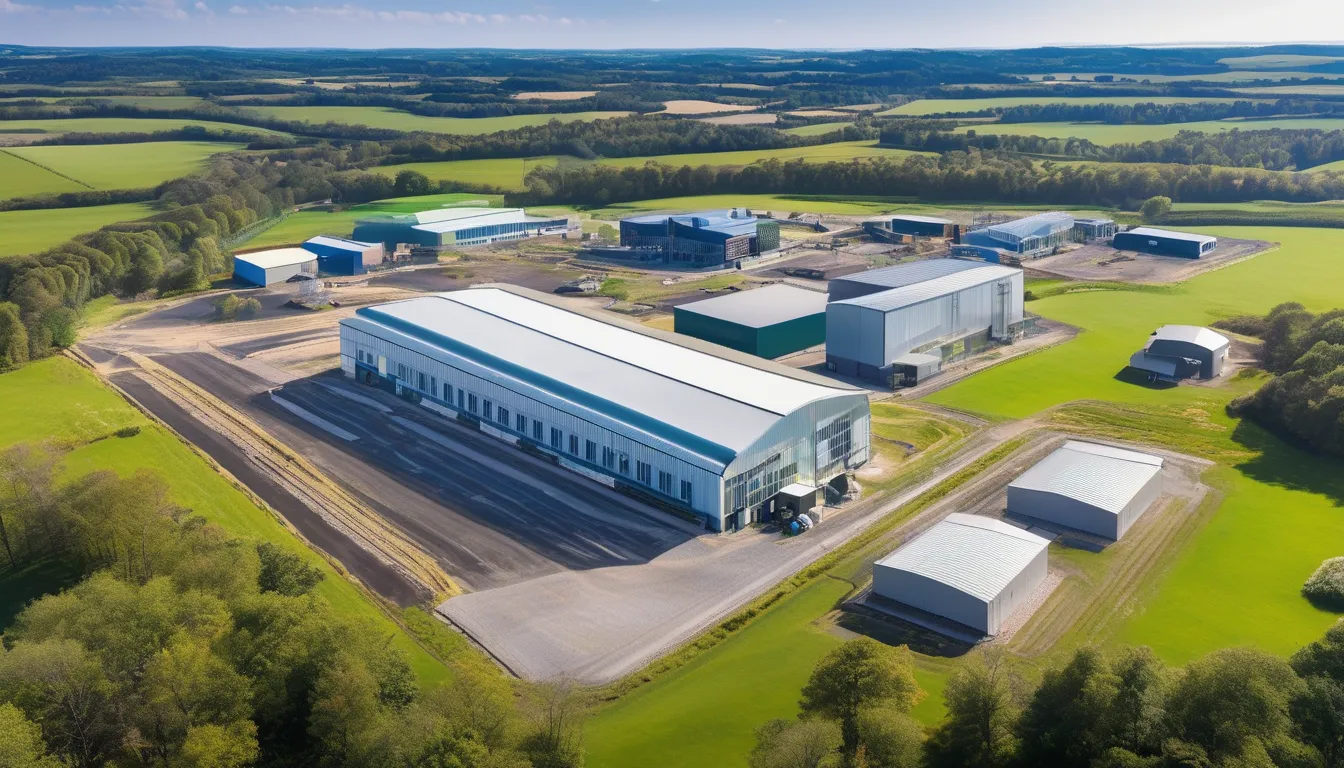
You’ve likely heard of urban development projects that seem to prioritize growth over environmental concerns, but what if there was a way to balance both? Habitat banks for urban development are being explored as a solution. By setting aside areas of high ecological value and restoring habitats, these banks can offset the environmental damage caused by urban growth. But, how do they actually work, and what benefits can they bring to your city? As you consider the potential of habitat banks, you may be surprised by the ways they can reshape urban planning and the very fabric of your community.
What Are Habitat Banks
When it comes to balancing urban development with environmental conservation, you’re likely to come across the concept of habitat banks. These conservation tools are designed to offset the environmental impacts of development projects, such as loss of biodiversity and ecosystem disruption.
A habitat bank is essentially a protected area that conserves and restores natural habitats, which can be used to compensate for environmental damage caused by urban development.
Habitat banks can be established on public or private land and are typically managed by government agencies, non-profit organizations, or private companies.
They’re often created in areas that are critical for species conservation or have high ecological value. The goal of a habitat bank is to maintain or restore ecosystem services, such as water filtration, soil conservation, and wildlife habitat.
Benefits for Urban Development
By incorporating habitat banks into urban development projects, you can reap numerous benefits that go beyond environmental conservation. One key advantage is reduced infrastructure costs.
By preserving natural habitats, you can avoid the need for costly stormwater management systems, flood control measures, and other infrastructure that might otherwise be required to mitigate the impacts of development.
Habitat banks can also help reduce the costs associated with regulatory compliance, as they provide a mechanism for offsetting the environmental impacts of development.
Furthermore, habitat banks can increase property values by providing amenities such as parks, trails, and green spaces that enhance the overall livability of an area.
By incorporating habitat banks into urban development projects, you can also attract environmentally conscious businesses and residents, which can be a major economic draw.
Designing Effective Habitat Banks
Designing effective habitat banks requires a comprehensive approach that balances environmental goals with urban development needs.
As you embark on this process, it’s essential to consider the unique characteristics of your site, including topography, hydrology, and existing ecosystems.
This information will help you identify areas with high conservation value and opportunities for restoration.
When designing a habitat bank, you should focus on creating a self-sustaining ecosystem that can thrive with minimal maintenance.
This can be achieved by:
- *Incorporating native vegetation* to provide habitat for local wildlife and support biodiversity
- *Restoring natural hydrological processes* to maintain water quality and prevent erosion
- *Creating connectivity* between fragmented habitats to facilitate species migration and dispersal
- *Minimizing human impact* through careful planning and design to avoid disrupting natural processes
Successful Implementation Strategies
Effective implementation strategies are crucial for the long-term success of your habitat bank. You’ll want to establish clear goals and objectives, as well as define the roles and responsibilities of all stakeholders involved.
This will help ensure a smooth and collaborative process. A comprehensive management plan is also essential, outlining the rules, regulations, and protocols for the habitat bank.
You should also develop a robust monitoring and enforcement system to track compliance and prevent unauthorized activities. This may include regular site inspections, permit tracking, and penalties for non-compliance.
Additionally, consider establishing a governance structure that includes representation from local government, conservation groups, and other stakeholders. This will help ensure that the habitat bank is managed in a fair and transparent manner.
Measuring Conservation Success
When it comes to evaluating the success of your habitat bank, you’re not just looking at the bottom line – you’re assessing the overall health and biodiversity of the ecosystem.
Measuring conservation success is crucial to understanding the effectiveness of your habitat bank and identifying areas for improvement.
To effectively measure conservation success, you’ll need to track key indicators that reflect the health of the ecosystem.
These indicators may include:
- Species abundance and diversity: Track changes in population sizes and species composition over time to assess the overall biodiversity of the ecosystem.
- Habitat quality and condition: Monitor changes in habitat structure and function, such as vegetation cover, water quality, and soil health.
- Ecosystem processes and functions: Assess the ecosystem’s ability to provide essential services, such as pollination, pest control, and nutrient cycling.
- Community engagement and support: Evaluate the level of community involvement and support for the habitat bank, as this can be a critical factor in its long-term success.
Conclusion
You’ve seen how habitat banks can transform urban development by integrating conservation into city planning. By adopting this approach, you’ll not only reduce infrastructure costs but also create sustainable and resilient cities that attract environmentally conscious businesses and residents. Effective habitat banks require careful design and implementation. By measuring their conservation success, you’ll be able to refine your strategies and promote a healthier balance between urban growth and environmental protection.
